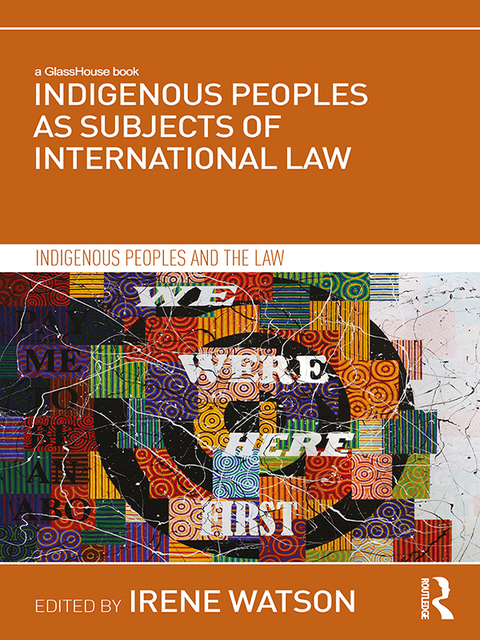Description
Efnisyfirlit
- Cover
- Half Title
- Title Page
- Copyright Page
- Table of Contents
- Acknowledgements
- Contributors
- Introduction
- 1. Aboriginal Nations, the Australian nation-state and Indigenous international legal traditions
- The world(s), the Dreaming(s) and the apocalypse(s)
- Aboriginal Nations of ‘Australia’ and an international legal tradition
- Conclusion
- 2. Domination in relation to Indigenous (‘dominated’) Peoples in international law
- Metaphors of domination and international law
- Dominated peoples and international law
- Indigenous Peoples are not part of an ‘objective’ physical reality
- UN Declaration on the Rights of Indigenous (‘dominated’) Peoples
- An aspiration to end the domination
- Imperial states and original nations
- Does the domination of Indigenous Peoples by states violate their rights?
- Conclusion
- 3. The ‘natural’ law of nations: society and the exclusion of First Nations as subjects of international law
- Introduction
- The natural law context of the ‘law of nations’
- The Eurocentric concept of society
- Society and the nature of sovereignty
- International society and the ‘law of nations’
- Just wars: in the interests of ‘human society’
- Conclusion
- 4. Long before Munich: the American template for Hitlerian diplomacy
- The US progenitor
- Now, as regards those treaties
- Before the court of history
- Marking a path
- 5. First Nations, Indigenous Peoples: our laws have always been here
- Introduction
- Kaldowinyeri, that is the law
- We are the mainstream
- Recognition – but the state cannot see the laws and bodies of First Nations
- We know our own names and who we are
- Conclusion: why not get over it and assimilate?
- 6. Law and politics of Indigenous self-determination: the meaning of the right to prior consultation
- Introduction
- Indigenous self-determination and the inclusion–exclusion paradox
- Prior consultation: between inclusion and exclusion
- Critiques of the Prior Consultation Law
- Prior to prior consultation: territorial rights and the politics of Indigenous self-determination
- Conclusion
- 7. How governments manufacture consent and use it against Indigenous Peoples
- Introduction
- Canada and ‘real transparency’
- ‘World conference’ (so-called)
- Conclusion
- Appendix A
- Appendix B
- Appendix C
- 8. ‘Kill the Indian in the child’: genocide in international law
- Introduction
- Peace and friendship in international law
- Colonial framework
- Drafting of the crime of genocide
- Genocide Convention
- Child welfare system
- Moving beyond colonialism
- Bibliography
- Index





